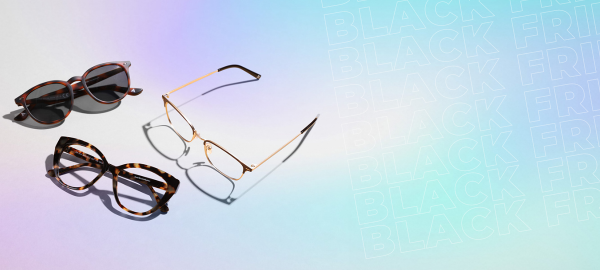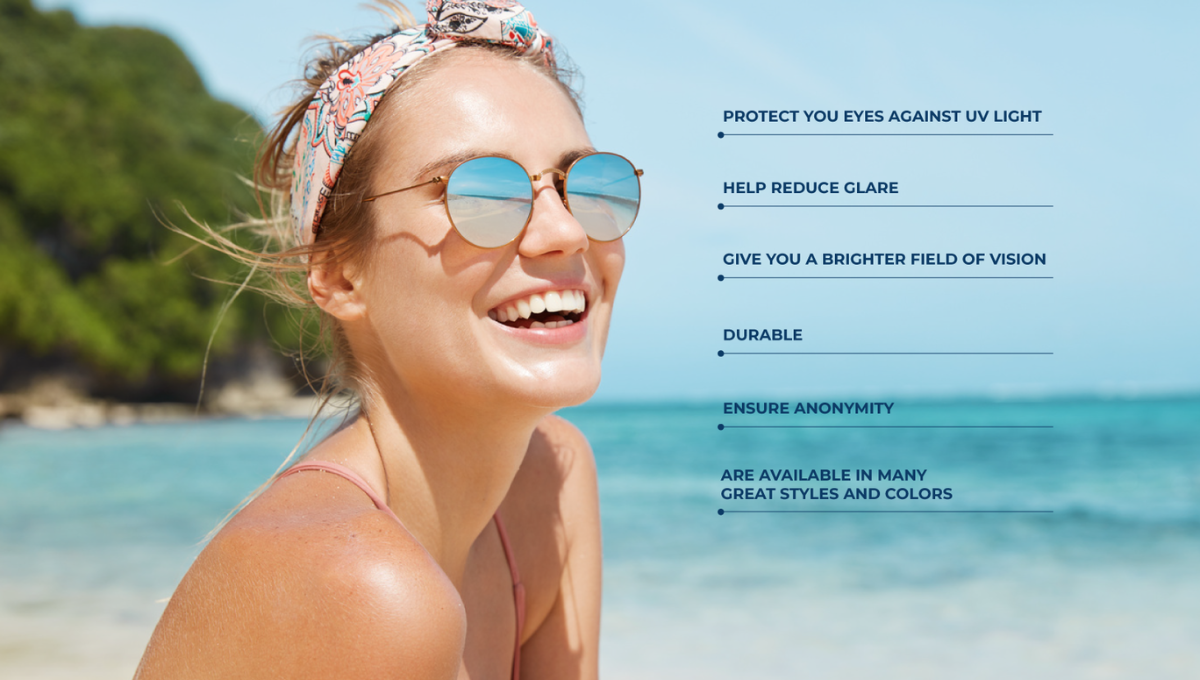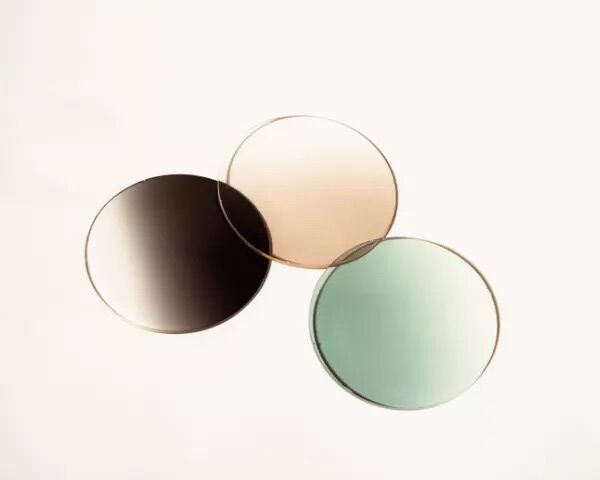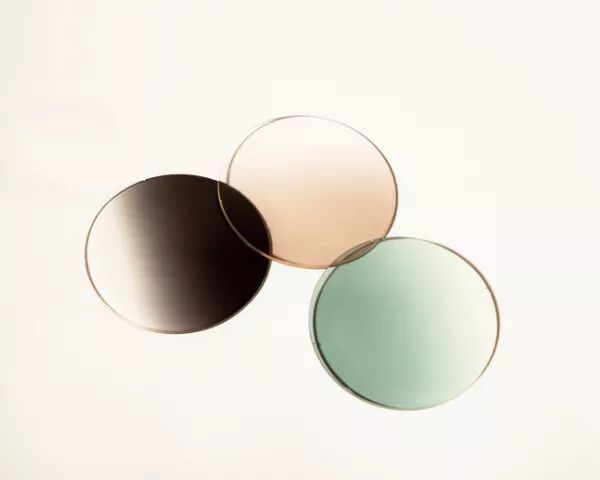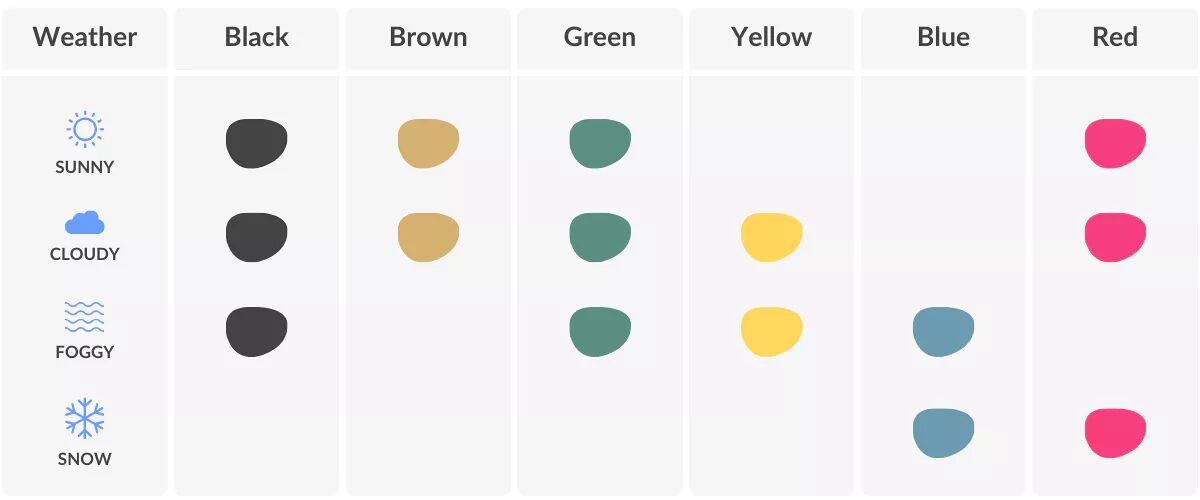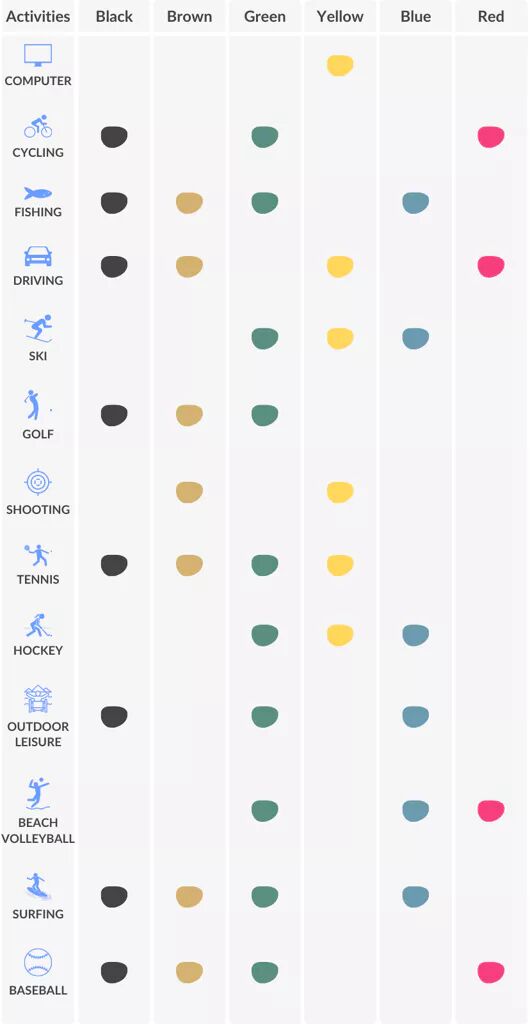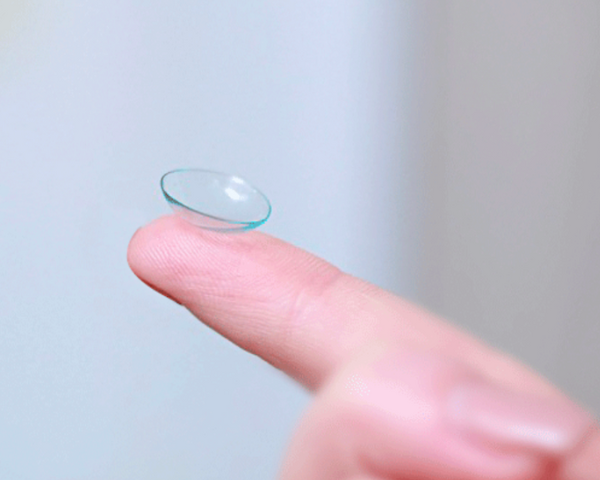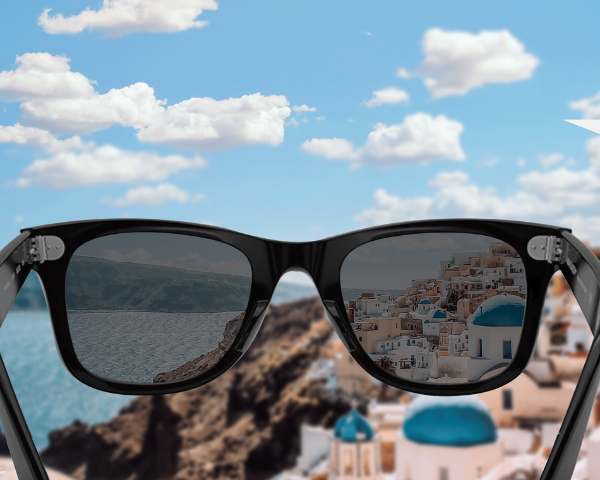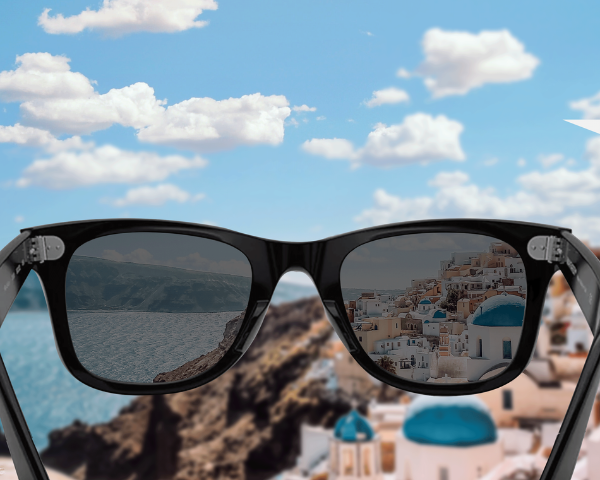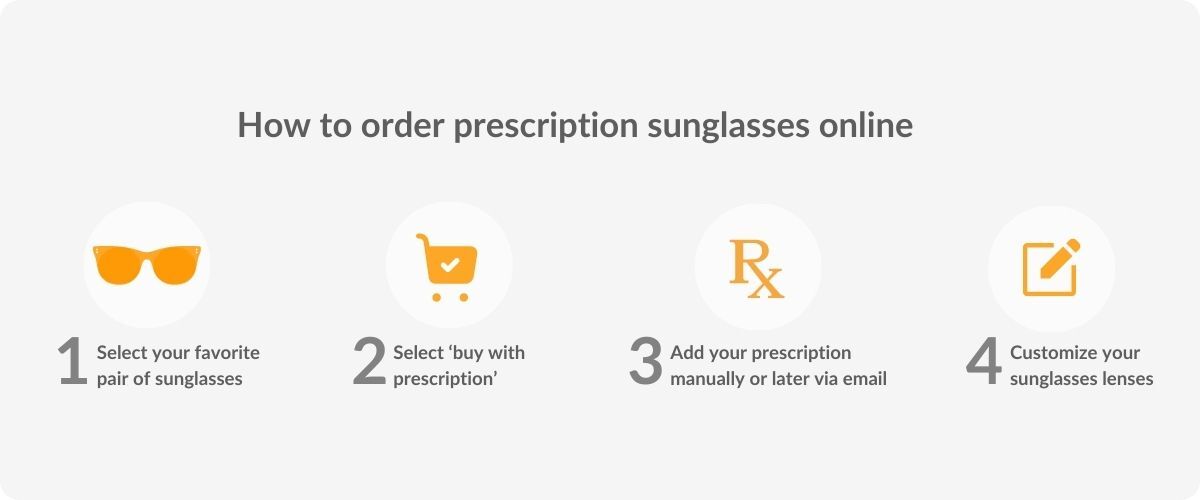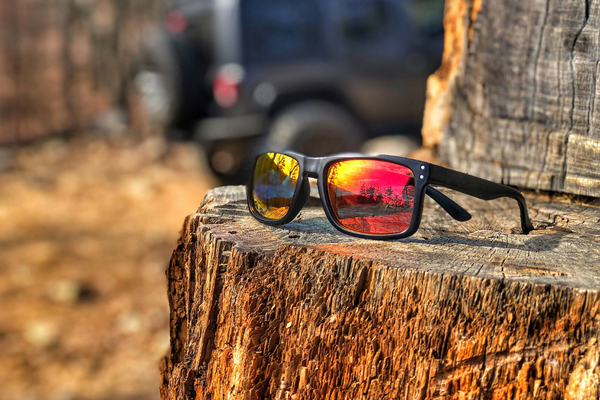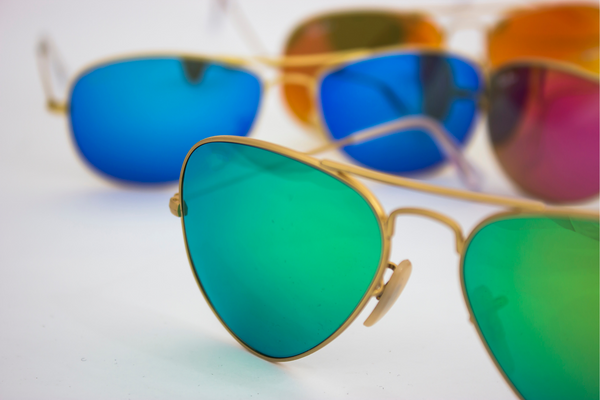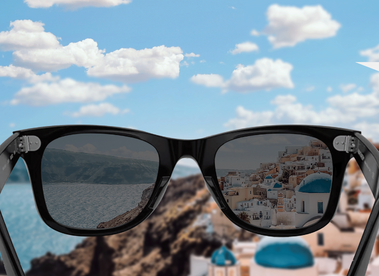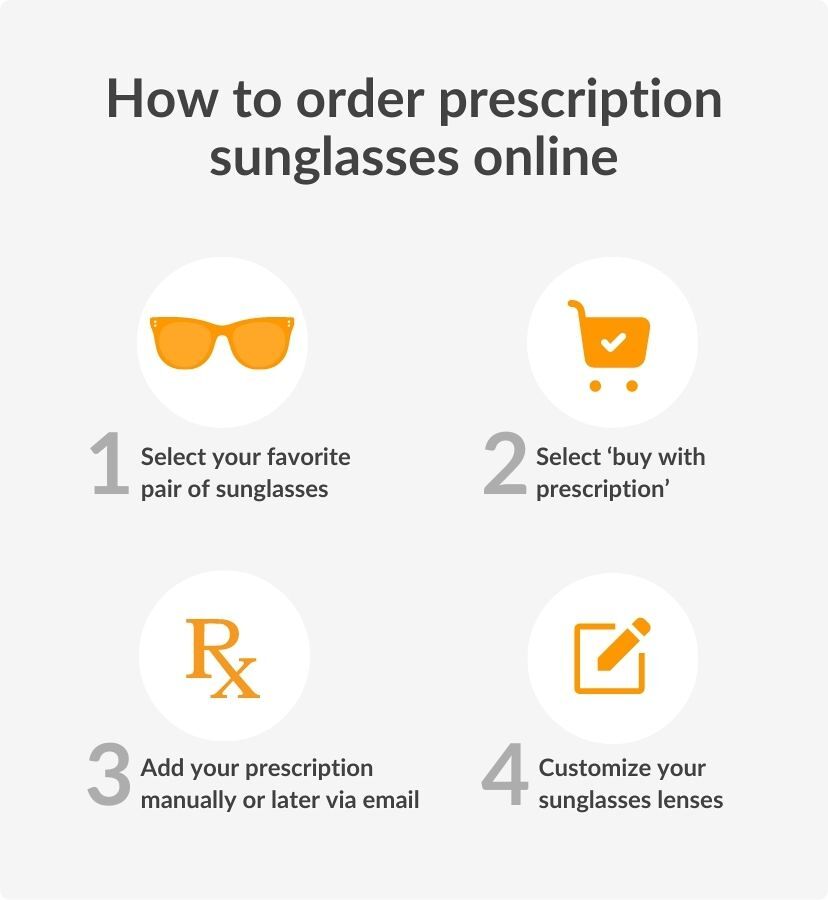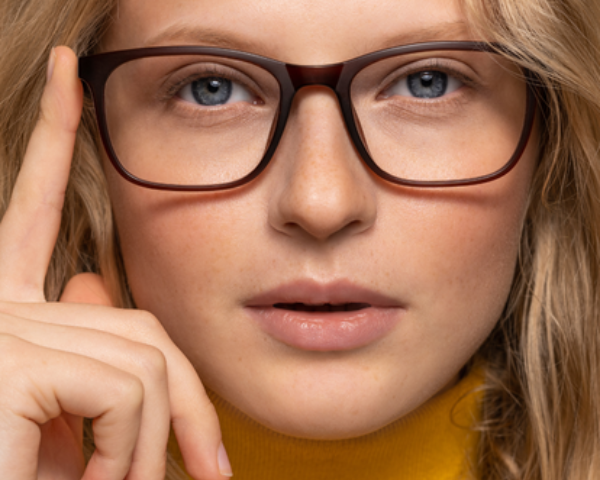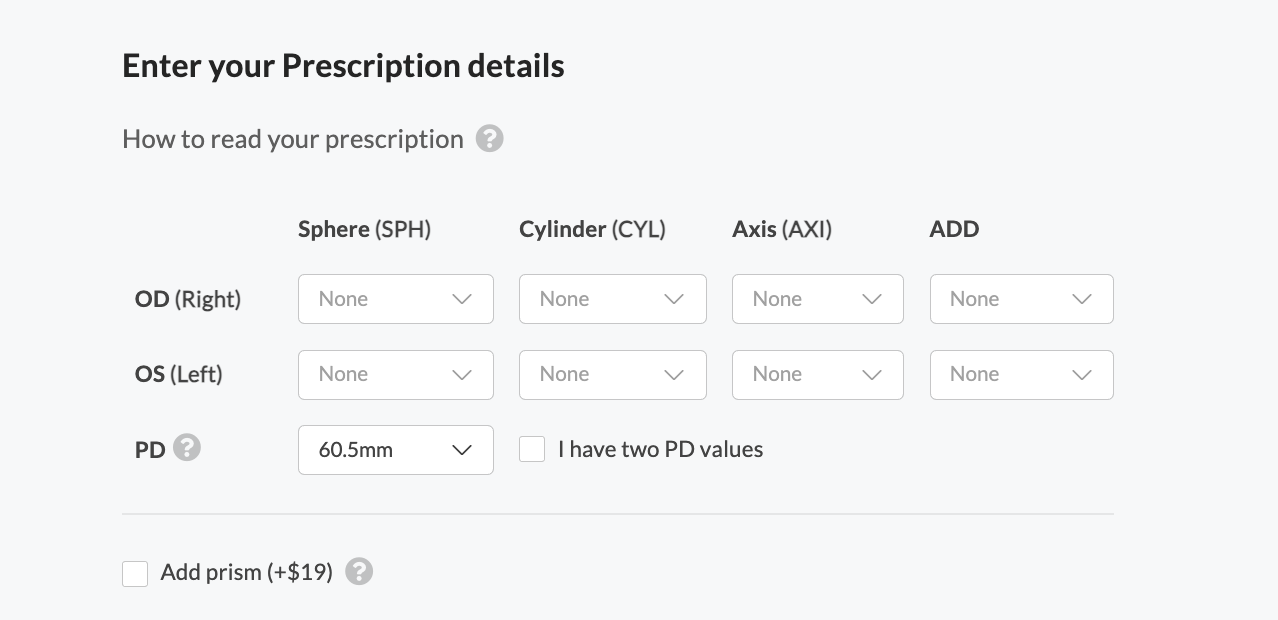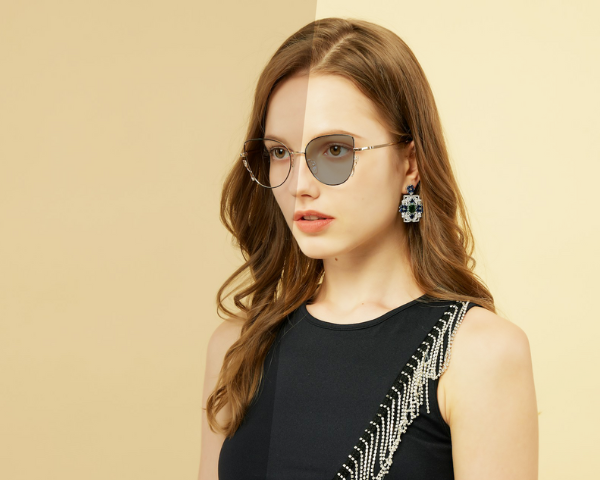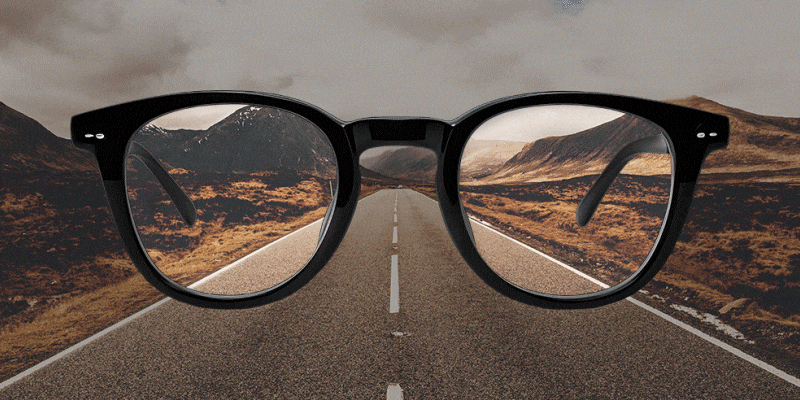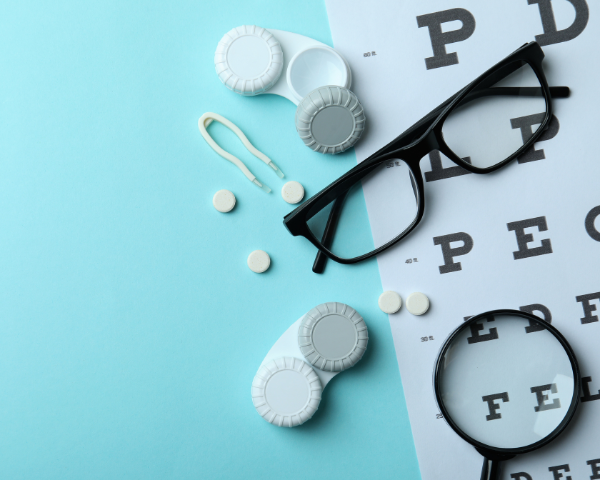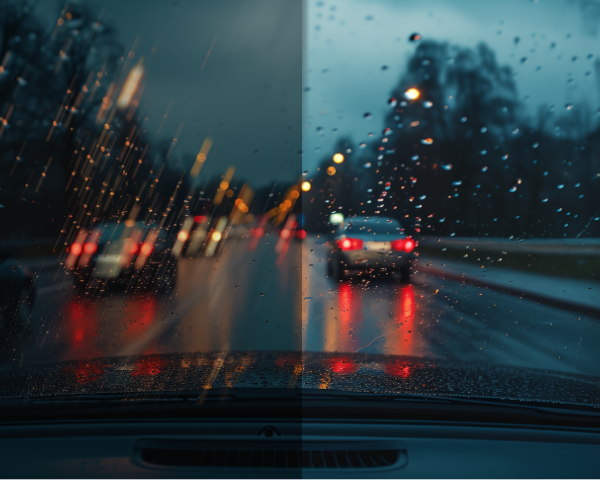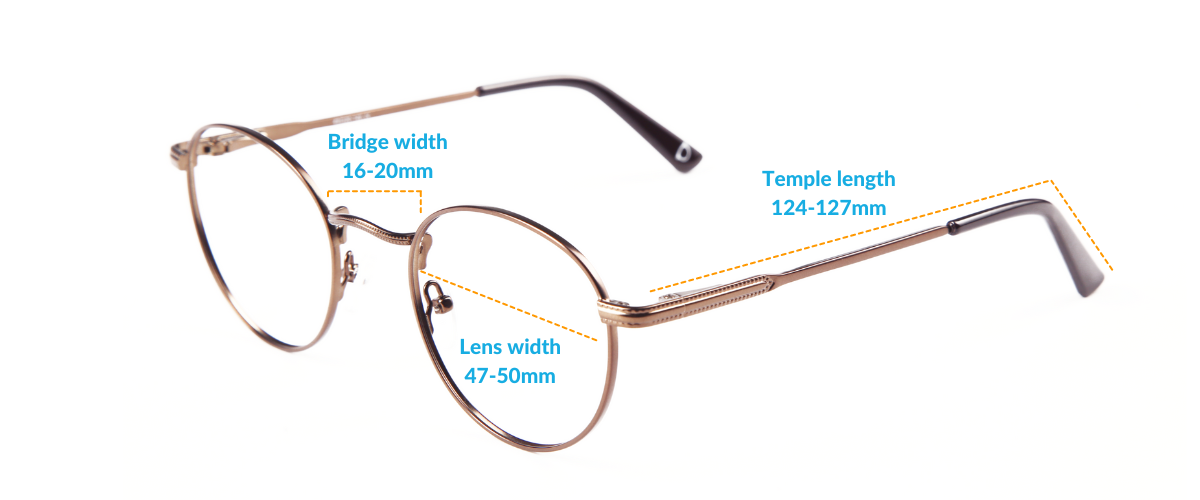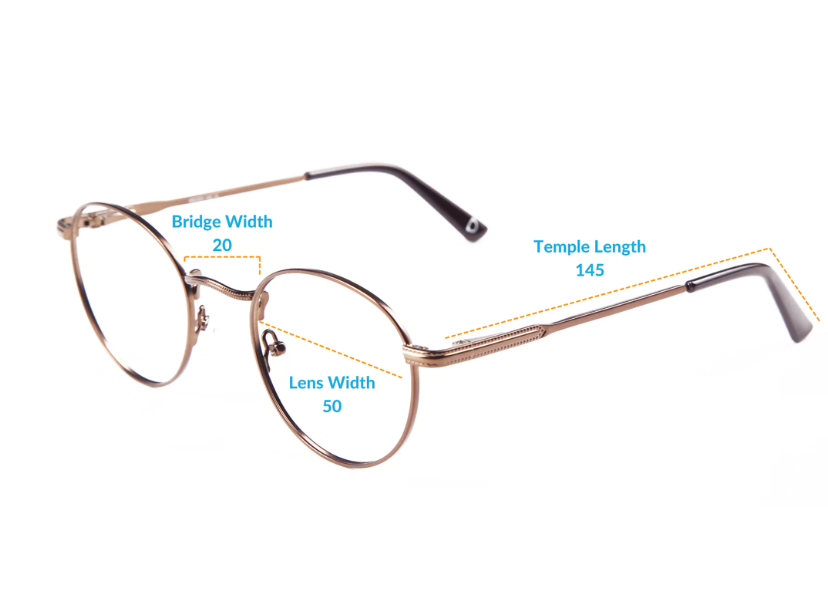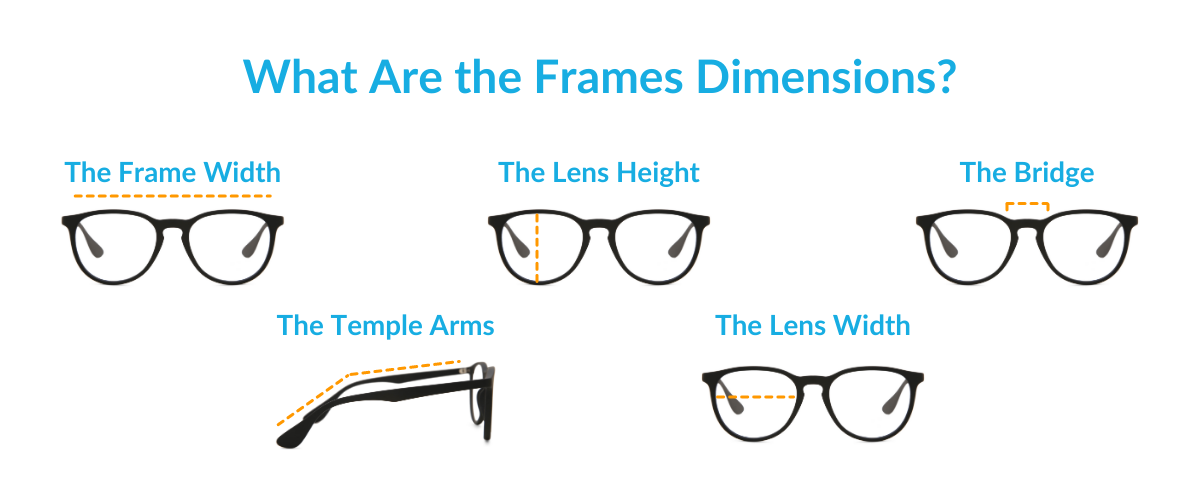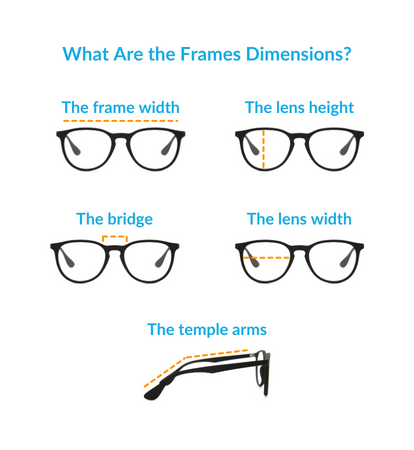
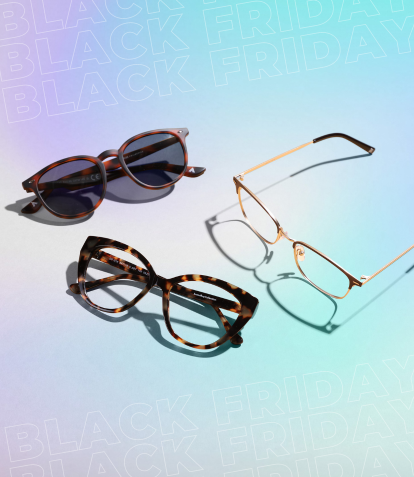
Your Ultimate Black Friday 2023 Eyewear Shopping Guide
As winter approaches and Black Friday draws near, eyewear enthusiasts prepare for one of the most awaited shopping events of the year. If you’re looking for tips and best practices to make sure you make the most out of Black Friday 2023, this guide is just what you need.
What does Black Friday mean at SmartBuyGlasses?
For us at SmartBuyGlasses, Black Friday isn’t just a day; it’s an opportunity for us to give back to our customers. It is the time of the year when you can get the best deals on our website! So it’s definitely the perfect opportunity to grab that pair you’ve been eyeing, or maybe even two.
For the prescription wearer
Prescription glasses can often require a significant investment. But with our exclusive Black Friday deals, you’ll find amazing offers that make it easier on your pocket. We also accept most vision insurance plans, so not only do you benefit from our sales, but you can also seize the opportunity to save even more on your new prescription lenses.

For sun protection
Sun’s out, shades on! Why not look stunning in your sunglasses while enjoying the benefits of sun protection? Black Friday sales feature sunglasses from top designer brands, combining fashion and function. Get ready for the ski season and next summer in style while safeguarding your eyes’ health.

For style and fashion
Black Friday is the perfect opportunity to find different pieces to match your daily outfits or for different seasons. You could choose a pair of goggle sunglasses for your next ski trip and also get that pair of Ray-Bans you always wanted for your tanning sessions at the beach next summer. With our deals on everything from bold models to timeless classics, it’s the perfect moment to revamp your eyewear.

How to prepare
Did you know that our Black Friday sale runs over multiple days? You should get ready to secure the best deals ahead of time, ahead of the game! Here are some tips on how to do it.
Follow SmartBuyGlasses on social media
Being in the know is half the battle. Keep an eye on SmartBuyGlasses’ social media channels. Rumor has it that some onsite offers and discount codes might be floating around there.
Sign up for our newsletter
Signing up for our newsletter ensures you’ll beamong the first to know about our Black Friday glasses deals, exact dates, benefits and more. Precious insights (exclusive discounts included) delivered straight to your inbox!
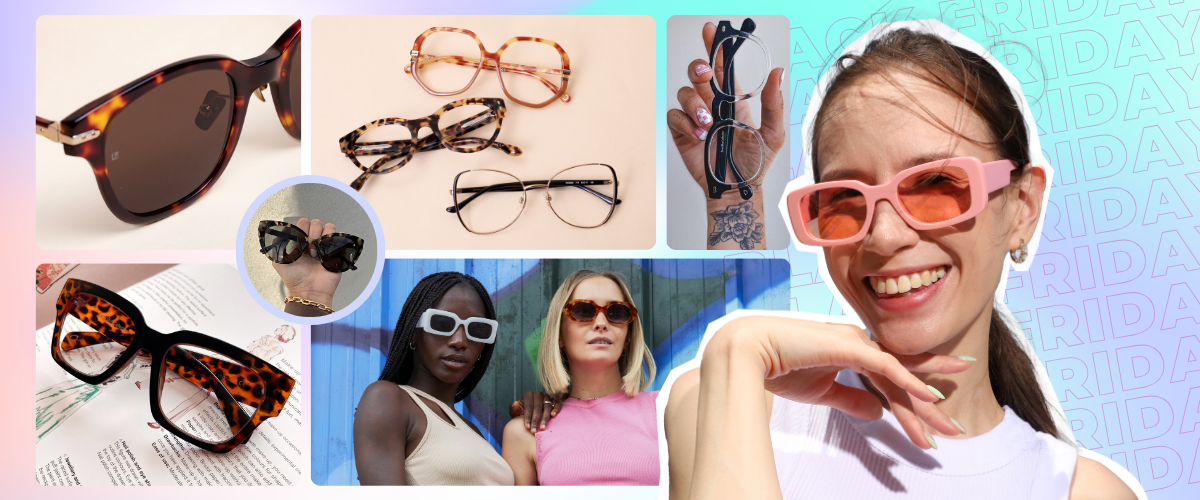
Make a wishlist
A smart shopper knows the benefits of a wishlist. Browse, shortlist and be ready to bag those favourite frames swiftly when the sale goes live. You can use the dedicated feature on our website; just look for the little heart and tap it to have all your favourites in one place.
Virtually try before you buy
Unsure how a particular frame will look on you? Use our Virtual Try-On tool to visualise your choice, ensuring you’ll be completely satisfied with your Black Friday purchase.
Ready for a new pair of glasses this Black Friday?
Black Friday at SmartBuyGlasses is not just any sale; it’s your big chance to elevate your eyewear game for less. From prescription glasses to stylish shades and even those essential contact lenses, you’ll discover all the amazing deals. So, mark your calendars, prepare your wishlist and get set to enjoy the best eyewear shopping experience of the year!
Your Ultimate Black Friday 2023 Eyewear Shopping Guide
As winter approaches and Black Friday draws near, eyewear enthusiasts prepare for one of the most awaited shopping events of the year.
If you’re looking for tips and best practices to make sure you make the most out of Black Friday 2023, this guide is just what you need.
What does Black Friday mean at SmartBuyGlasses?
For us at SmartBuyGlasses, Black Friday isn’t just a day; it’s an opportunity for us to give back to our customers. It is the time of the year when you can get the best deals on our website!
So it’s definitely the perfect opportunity to grab that pair you’ve been eyeing, or maybe even two.
For the prescription wearer
Prescription glasses can often require a significant investment. But with our exclusive Black Friday deals, you’ll find amazing offers that make it easier on your pocket.
We also accept most vision insurance plans, so not only do you benefit from our sales, but you can also seize the opportunity to save even more on your new prescription lenses.

For sun protection
Sun’s out, shades on! Why not look stunning in your sunglasses while enjoying the benefits of sun protection? Black Friday sales feature sunglasses from top designer brands, combining fashion and function.
Get ready for the ski season and next summer in style while safeguarding your eyes’ health.

For style and fashion
Black Friday is the perfect opportunity to find different pieces to match your daily outfits or for different seasons.
You could choose a pair of goggle sunglasses for your next ski trip and also get that pair of Ray-Bans you always wanted for your tanning sessions at the beach next summer.
With our deals on everything from bold models to timeless classics, it’s the perfect moment to revamp your eyewear.

How to prepare
Did you know that our Black Friday sale runs over multiple days? You should get ready to secure the best deals ahead of time, ahead of the game! Here are some tips on how to do it.
Follow SmartBuyGlasses on social media
Being in the know is half the battle. Keep an eye on SmartBuyGlasses’ social media channels. Rumor has it that some onsite offers and discount codes might be floating around there.
Sign up for our newsletter
Signing up for our newsletter ensures you’ll beamong the first to know about our Black Friday glasses deals, exact dates, benefits and more.
Precious insights (exclusive discounts included) delivered straight to your inbox!
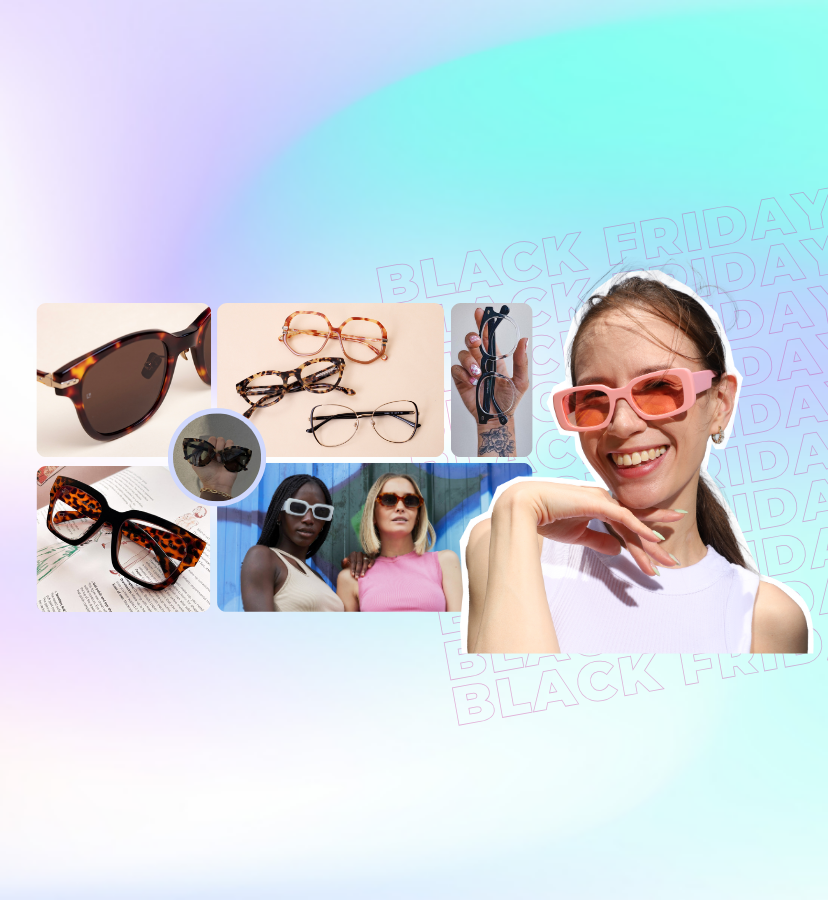
Make a wishlist
A smart shopper knows the benefits of a wishlist. Browse, shortlist and be ready to bag those favourite frames swiftly when the sale goes live.
You can use the dedicated feature on our website; just look for the little heart and tap it to have all your favourites in one place.
Virtually try before you buy
Unsure how a particular frame will look on you? Use our Virtual Try-On tool to visualise your choice, ensuring you’ll be completely satisfied with your Black Friday purchase.
Ready for a new pair of glasses this Black Friday?
Black Friday at SmartBuyGlasses is not just any sale; it’s your big chance to elevate your eyewear game for less.
From prescription glasses to stylish shades and even those essential contact lenses, you’ll discover all the amazing deals.
So, mark your calendars, prepare your wishlist and get set to enjoy the best eyewear shopping experience of the year!





































